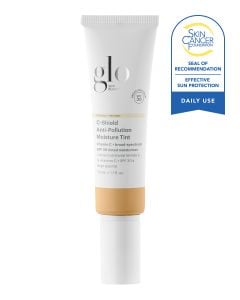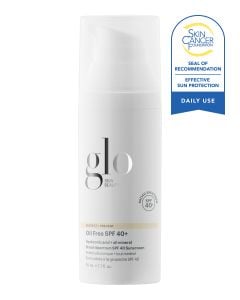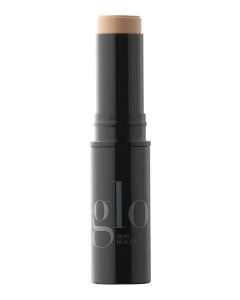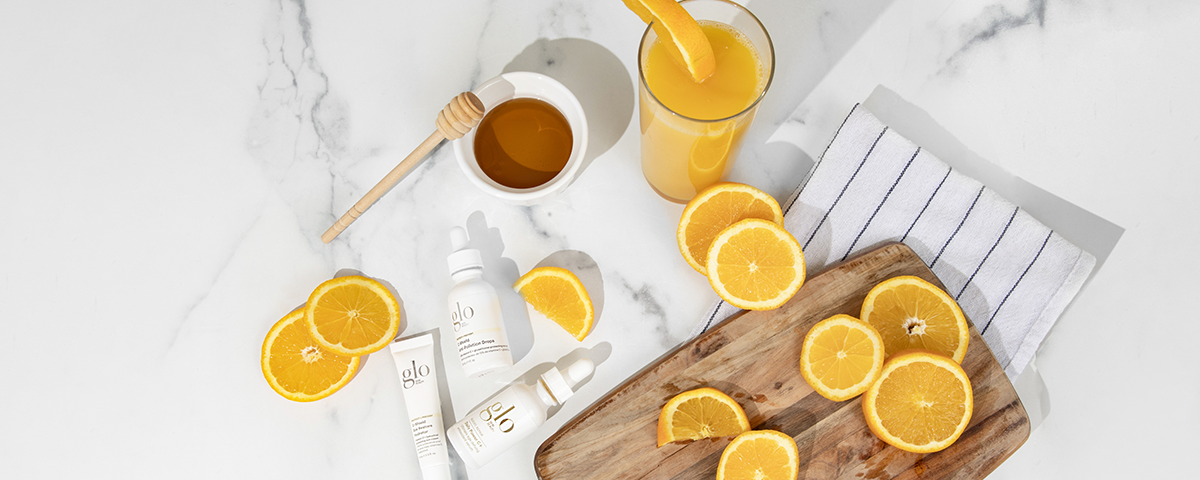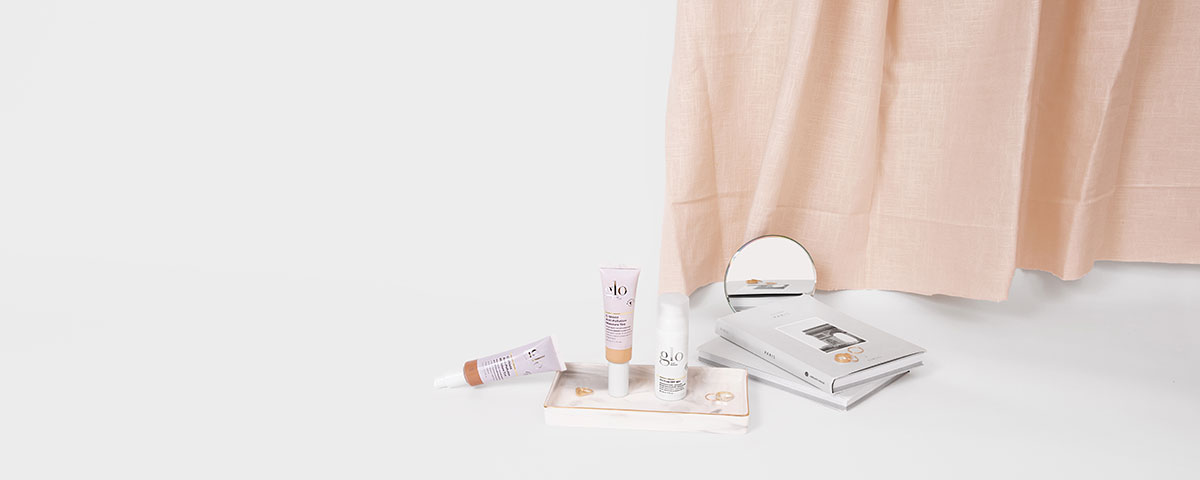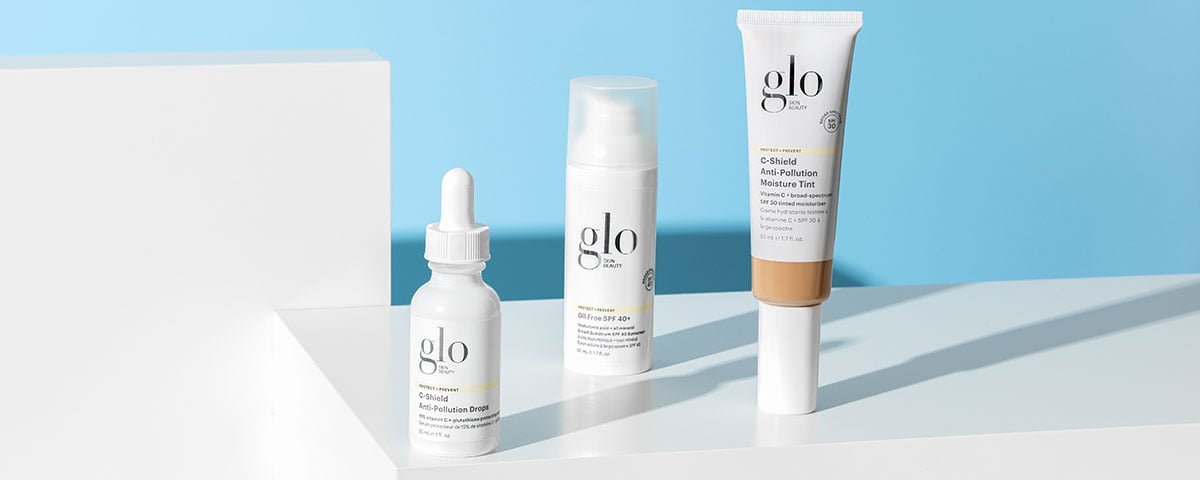- Featured
- Ingredient Spotlight
- Best Sellers
- Skincare
- Makeup
- Professional
- Blog
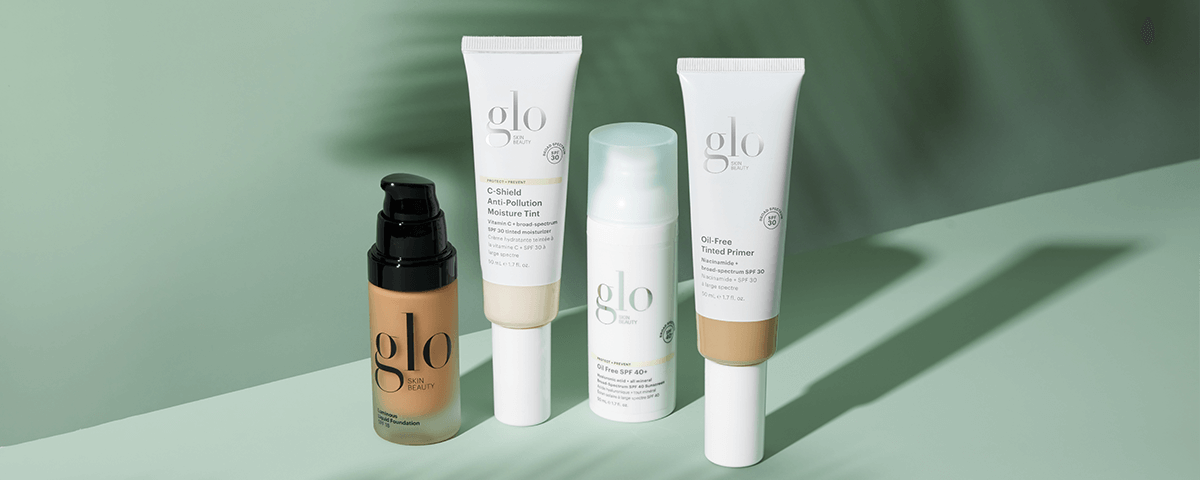
Is Zinc Oxide Sunscreen Good for Skin?
OK, so it might not be the most glamorous product in your skincare lineup, but did you know sunscreen is in fact the most important anti-aging product you can buy? Sun exposure or photo-aging is responsible for around 80-90% of visible signs of aging, but the good news is that this is actually preventable. By using sunscreen daily, you can shield your skin from harmful UV rays that cause premature aging and skin damage including fine lines, wrinkles, dark spots, collagen depletion, loss of elasticity, and rough texture. And, with so many different sunscreens to choose from, finding one that you'll use every day, that meshes well with your skin, and doesn't irritate or cause breakouts is key to ensuring you keep good SPF habits. But before you go down a rabbit hole of sunscreen advice, we'll let you into a big skincare secret, zinc oxide sunscreen is one of our all-time favorites.
“One of the most effective sunscreen ingredients that’s universally tolerated across all skin types and tones is zinc oxide,” explains Dr. Nina Desai, Board-Certified Dermatologist. “There are many benefits of zinc oxide. It blocks harmful UVA and UVB rays, and is both photostable and water-resistant, so it won’t break down in the sun or in water.”
What Is Zinc Oxide?
Zinc oxide in its various forms has been used in skincare products dating back centuries, but more recently is found in topical products for sensitive skin and babies—think diaper creams and calamine, thanks to its soothing, anti-inflammatory properties.
It’s a popular, well-researched ingredient in mineral makeup and physical sunscreens, often chosen for its soothing properties and gentle, skin-protective benefits.
Unlike chemical sunscreens which absorb into the skin, zinc oxide sunscreen sits on the surface, and deflects the sun’s rays, providing instant protection against any sun damage.
“Mineral or physical sunscreen works by laying on the surface of the skin and deflecting UV rays away from the skin. This action can be referred to as reflecting UV rays away from the skin like a mirror,” explains Anna De La Cruz, Glo’s Master Aesthetician. “There are only two FDA-approved mineral sunscreen ingredients: titanium dioxide and zinc oxide. By laying on the surface of the skin, there is less potential for irritation, so mineral SPFs tend to be the go-to choice for sensitive skin.”
And, zinc oxide’s sun protection is robust. “It’s known as a broad-spectrum sunscreen so it has one of the broadest UVA coverages of all sunscreen ingredients available right now, plus UVB coverage,” adds Dr. Nina. “I love to recommend Oil-Free SPF 40+ to my patients, as it's an excellent all-mineral, reef-safe, high factor daily sunscreen that contains both zinc oxide and titanium dioxide for oil-free, high-factor sun protection.”
While zinc oxide is known for having a heavier, opaque, white texture which can make the skin look pale or ashy; “Many formulations now either use micronized technology to reduce the zinc oxide particle size, so it appears transparent when applied to the skin,” Anna explains. “In some formulations to help avoid any ashiness, it's combined with a flexible, sheer tint for optimal application and a flawless finish. Our C-Shield Anti-Pollution Moisture Tint SPF 30 offers high-factor sun protection infused with vitamin C for extra antioxidant protection, plus a sheer, dewy, flexible tint, while Tinted Primer SPF 30 and Protecting Powder SPF 20 both contain zinc oxide sun protection and sheer tints, so you get all that protection and a little extra color boost too.”
Who Can Use Zinc Oxide Sunscreen?
Long story short; everyone. The benefits of zinc oxide sunscreen include being an excellent anti-inflammatory, so those with sensitive skin and more serious skin conditions such as eczema and rosacea can tolerate zinc oxide well. For a daily, pure-mineral SPF that’s super hydrating for dry and sensitive skin, you can’t go wrong with Oil-Free SPF 40+ as it contains all mineral, reef-safe ingredients, and hyaluronic acid for a boost of moisture. As it sits on the surface as a physical sun blocker, zinc oxide won’t clog pores or cause congestion, making it perfect for more acne-prone skin too.
Another key benefit of zinc oxide and physical sunscreens is for anyone who suffers from melasma or hyperpigmentation—both conditions that can be triggered or worsened by the heat and light of the sun’s rays. Unlike chemical sunscreens which work by absorbing into the skin where they convert the UV rays into heat, then release that heat from the skin, physical sunscreens block UV light from penetrating the skin without producing heat, so they won’t aggravate pigmentary issues or cause heat and redness within the skin.
Is Zinc Oxide Safe for All Skin Types? What You Should Know
Zinc oxide is one of the most well-tolerated topical ingredients in skincare. Gentle yet effective, it’s widely recommended for acne-prone, sensitive, or post-procedure skin due to its non-comedogenic and non-irritating nature. Unlike some chemical filters, zinc oxide sits on the skin’s surface, where it reflects UV rays without absorbing into the skin—reducing the risk of sensitivity or adverse effects.
At Glo Skin Beauty, we only use non-nano zinc oxide in our formulas, ensuring it remains safely on the skin without penetrating deeper layers. Our sunscreens are also reef-safe and formulated without harsh additives, making them a trusted alternative to traditional chemical creams.
Worried about white cast? Modern formulations use micronized zinc oxide, which blends smoothly and evenly—even on deeper skin tones, while still offering high-performance sun protection. Plus, its soothing properties support the healing process for compromised or irritated skin, making it a go-to for those managing acne or inflammation.
Dermatologist-approved and clinically tested, zinc oxide is a trusted ingredient with a proven track record. It is definitely safe for all skin types and powerful enough for everyday use.
When To Use Zinc Oxide Sunscreen
Every day, even indoors, even in winter. We’ll say it on repeat. Sun protection isn’t just for the beach, we’re exposed to the sun every day, whether we go outside or stay indoors. And, although the sun’s rays are weaker in winter, they can still cause skin damage and photo-aging. Find a zinc oxide sunscreen formulation that fits your skin’s needs, and apply every day to your face, and anywhere else the sun may reach such as hands, neck, décolleté.
Daily Protection That Does More
From breakouts to sensitivity, zinc oxide delivers calm, consistent protection with added healing benefits for your skin. Its gentle, barrier-forming action helps shield against harmful UV rays while avoiding the irritation that some chemical sunscreens can cause.
At Glo Skin Beauty, we believe sunscreen should support your skin, not just protect it. Our zinc oxide sunscreens are formulated with high-quality ingredients to help soothe, protect, and elevate your skincare routine. Trust in a daily solution that works with your skin’s needs—every time you use it.
More To Glo
Do I Need To Wear Sunscreen Inside?
May 1, 2025

